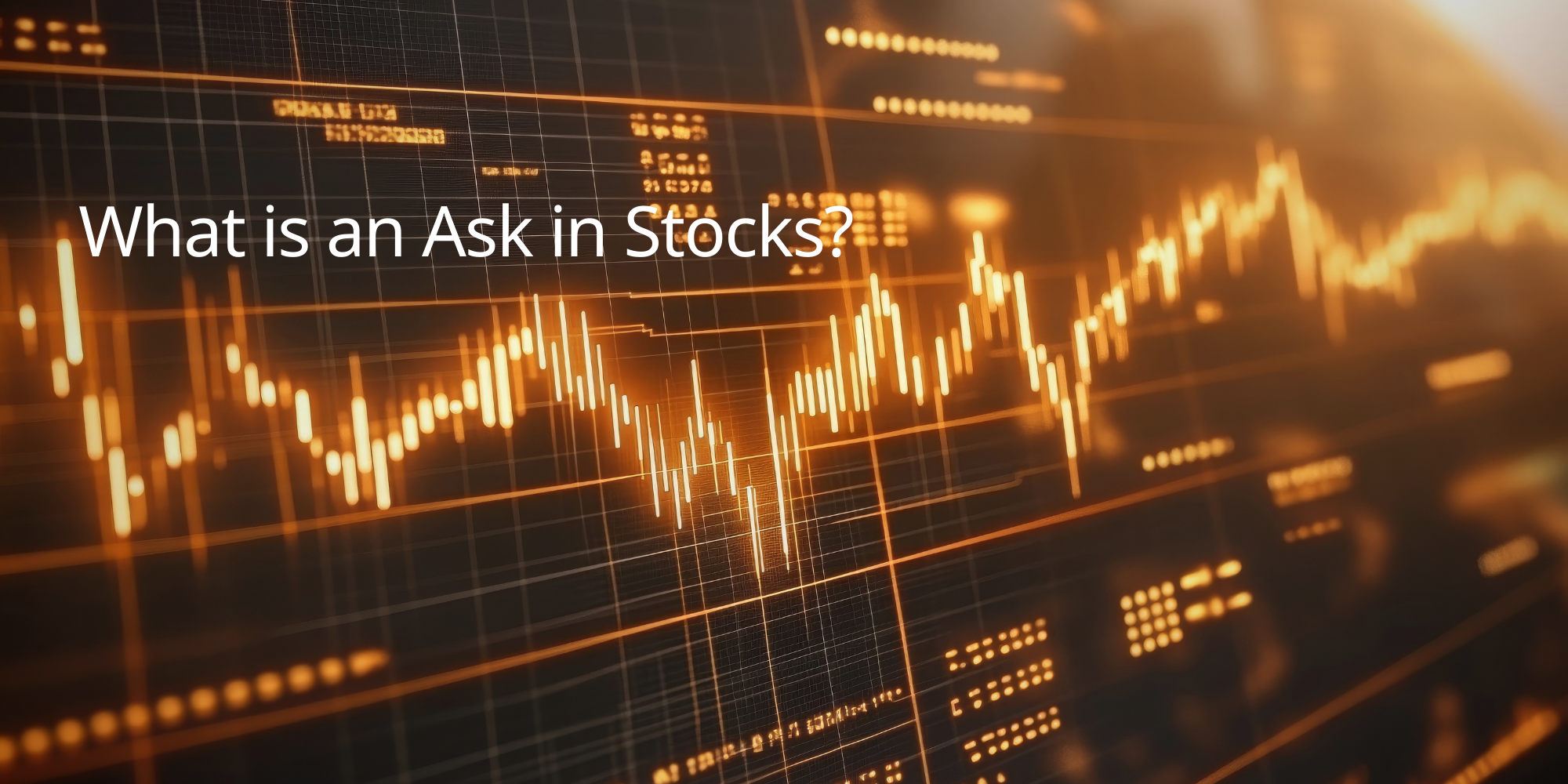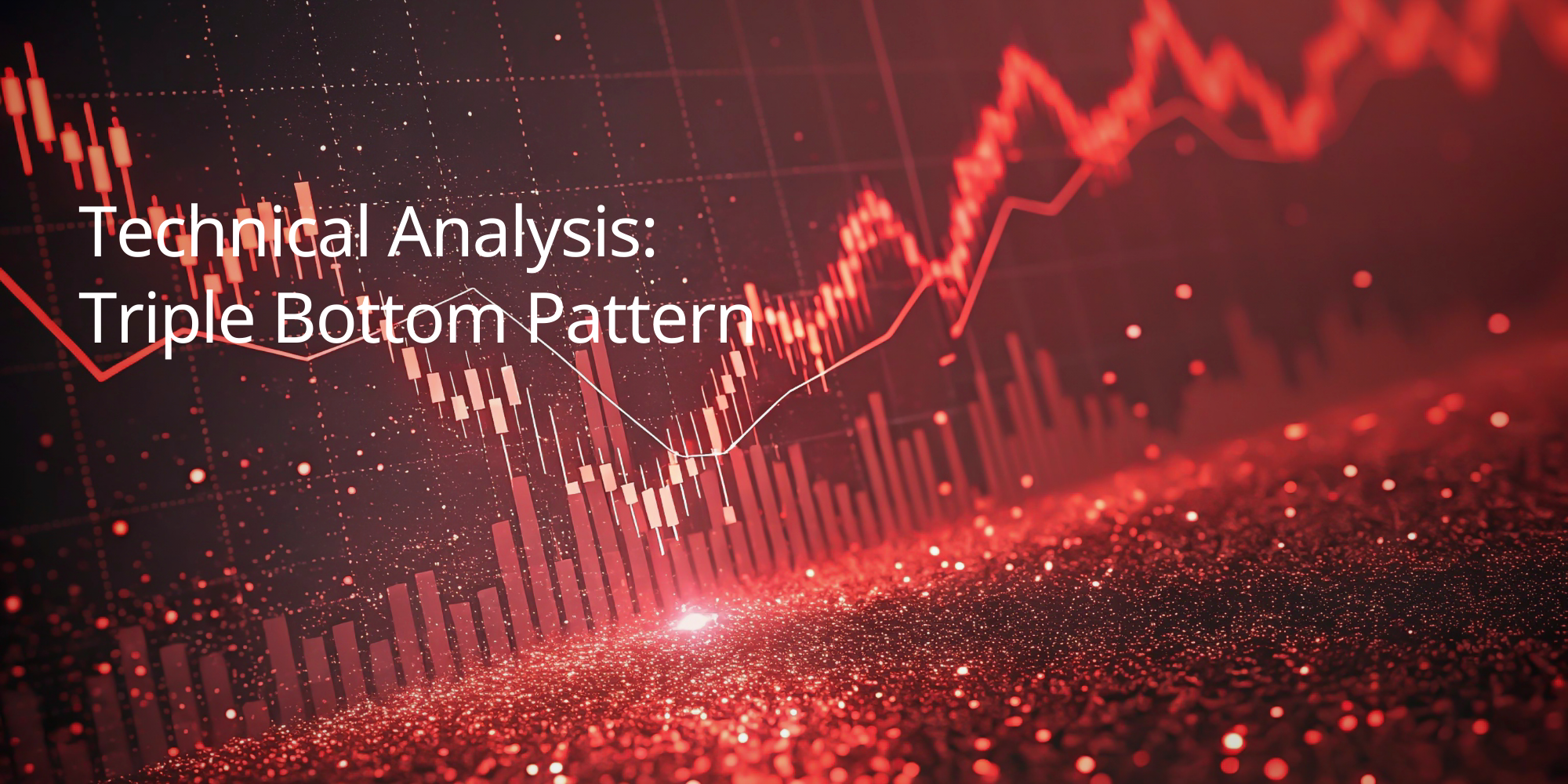Introduction
Bid and ask prices are core concepts in stock trading that every investor should understand. These prices represent the current buying and selling interest in a particular stock and play a vital role in how trades are executed.
This guide from TradeSmart explains what bid and ask prices are, how they interact, and how they affect your trading decisions. By mastering these concepts, you’ll be better equipped to navigate the dynamic stock market and improve your trading outcomes.
What is an Ask in Stocks?
The ask price, also known as the offer price, is the minimum price a seller is willing to accept for a share of stock. It’s the price you’ll pay if you want to buy the stock immediately. Understanding this definition is crucial for anyone engaging in stock trading.
Understanding the Ask Price:
- Dynamic Pricing: The ask price is constantly changing throughout the trading day based on the forces of supply and demand. If more people want to buy a stock, the ask price will likely rise. If more people want to sell, the ask price will likely fall.
- Bid-Ask Spread: The ask price is always higher than the bid price (the highest price a buyer is willing to pay). The difference between the bid and ask price is called the bid-ask spread. A narrow spread indicates high liquidity (easy to buy and sell), while a wider spread suggests lower liquidity.
Visualize a market scenario to understand how the ask price affects your trading strategy. Suppose you want to purchase shares of Company ABC, which currently lists an ask price of $50. If you place an order, you’re signaling your readiness to pay that minimum amount. If demand increases and the ask rises to $55, you face a choice: either pay the new ask price or wait for a potential decrease.
Ask price allows you to effectively evaluate potential profitability and make informed choices about your investments based on market behavior and price movements.
What is a Bid in Stocks?
The bid price represents the maximum price a buyer is willing to pay for a share of stock. This price reflects the demand side of the market, indicating the highest amount a buyer is ready to spend at any given moment.
When you place a buy order for a stock, it typically occurs at the bid price. For instance, if a stock’s bid price is $44.98, you agree to pay that amount for a share. This means buyers compete with each other based on their willingness to pay, influencing the bid price throughout the trading day in response to market activity.
In addition to reflecting buyer sentiment, bid prices can vary based on market conditions and investor behavior. For example, during market volatility or economic announcements, bid prices may fluctuate significantly as traders react to new information. Recognizing these shifts can help you capitalize on potential trading opportunities.
Understanding the bid price is crucial for making informed trading decisions. It helps you:
- Determine your exit point: Knowing the bid price allows you to decide whether the current price is acceptable for selling the stock.
- Evaluate potential profitability: By comparing the bid price to your purchase price or target price, you can assess the potential profit or loss of a trade.
- Manage risk: The bid price can help you set stop-loss orders to limit potential losses.
Example of Bid and Ask Prices
Let’s say you’re interested in trading shares of Amazon.com Inc. (AMZN) and you see the following quote on your trading platform:
- Bid Price: $135.50
- Ask Price: $135.60
Here’s what this information tells you:
- Buying: If you want to buy AMZN shares immediately, you’ll need to pay the ask price of $135.60 per share.
- Selling: If you want to sell AMZN shares immediately, you’ll receive the bid price of $135.50 per share.
- Spread: The difference between the bid and ask price is $0.10. This is the bid-ask spread, which represents the profit potential for market makers who facilitate trades.
How Bid and Ask Prices Change
Throughout the trading day, the bid and ask prices will fluctuate based on the forces of supply and demand. Here’s how it might play out:
- Increased Demand: If positive news about Amazon is released, more buyers might enter the market, pushing the bid price higher as they compete to buy shares. This could also lead sellers to increase their ask price, anticipating higher potential profits.
- Increased Supply: If negative news about Amazon emerges, more sellers might enter the market, pushing the ask price lower as they try to sell their shares. This could also lead buyers to lower their bid price, hoping to buy shares at a discount.
The Importance of Bid-Ask Spread
The bid-ask spread provides insights into the liquidity of a stock. A narrow spread, like the $0.10 in our example, suggests high liquidity, meaning it’s easy to buy and sell shares quickly without significantly impacting the price. A wider spread indicates lower liquidity, which can make it more challenging to execute trades efficiently.
Familiarity with bid and ask prices supports advantageous trading decisions. By continuously monitoring these prices, you can evaluate profitable opportunities based on movement patterns and market sentiment. This understanding not only enhances your trading strategy but also equips you to respond dynamically to market shifts, enabling informed buying or selling actions.
The Role of Market Makers
Market makers play a crucial role in ensuring smooth and efficient trading in the stock market. They act as intermediaries between buyers and sellers, providing liquidity and helping to stabilize prices.
How Market Makers Work:
- Quoting Bid and Ask Prices: Market makers continuously quote both bid and ask prices for various stocks. This ensures that there are always buyers and sellers available, allowing traders to execute their orders quickly.
- Maintaining Inventory: Market makers hold a certain number of shares in their inventory. This allows them to sell shares to buyers and buy shares from sellers, even when there’s an imbalance in supply and demand.
Benefits of Market Makers:
- Increased Liquidity: Market makers increase liquidity by ensuring that there are always buyers and sellers available. This makes it easier for traders to enter and exit positions without significantly impacting the price.
- Price Stability: Market makers help stabilize prices by absorbing excess buying or selling pressure. This reduces the likelihood of dramatic price swings and creates a more orderly market.
- Narrower Bid-Ask Spreads: Market makers contribute to narrower bid-ask spreads, which indicates higher liquidity and makes trading more efficient.
Example:
Imagine a stock with a low trading volume. Without a market maker, it might be difficult to find a buyer or seller at a reasonable price. However, a market maker will step in and provide liquidity by quoting both bid and ask prices, ensuring that trades can still occur.
Bid, Ask, and Last Price: Understanding the Differences
When you’re looking at a stock quote, you’ll typically see three prices: the bid price, the ask price, and the last price. Understanding the differences between these prices is crucial for making informed trading decisions.
- Bid Price: The highest price a buyer is currently willing to pay for the stock.
- Ask Price: The lowest price a seller is currently willing to accept for the stock.
- Last Price: The price at which the most recent trade occurred.
Key Differences:
- Bid vs. Last Price: The bid price reflects current buying interest, while the last price reflects a past transaction. The bid price might be higher or lower than the last price, depending on market conditions.
- Ask vs. Last Price: The ask price reflects current selling interest, while the last price is historical. The ask price is always higher than or equal to the last price.
- Bid vs. Ask Price: The difference between the bid and ask price is the bid-ask spread. A narrow spread indicates high liquidity, meaning it’s easy to buy and sell the stock quickly.
Example:
Let’s say you’re looking at a quote for Tesla (TSLA) and see the following:
- Bid Price: $200.00
- Ask Price: $200.50
- Last Price: $200.25
This tells you that:
- The highest price anyone is currently willing to pay for TSLA is $200.00.
- The lowest price anyone is currently willing to sell TSLA for is $200.50.
- The most recent trade of TSLA occurred at $200.25.
Understanding these price distinctions helps you:
- Make informed trading decisions: You can assess the current market sentiment and liquidity by looking at the bid-ask spread.
- Execute trades efficiently: You can place orders that are more likely to be filled quickly by understanding the bid and ask prices.
- Manage risk: You can use bid and ask prices to set stop-loss orders and limit potential losses.
What Factors Influence Bid and Ask Prices?
Bid and ask prices are constantly changing in the stock market. Understanding the factors that drive these price movements can help you make more informed trading decisions.
- Liquidity: Stocks with high liquidity (lots of buying and selling activity) tend to have narrower bid-ask spreads. This is because there are many buyers and sellers readily available, making it easier to execute trades quickly at a fair price. Less liquid stocks, on the other hand, often have wider spreads.
- Supply and Demand: The basic economic principles of supply and demand play a major role in determining bid and ask prices. When demand for a stock is high, the ask price tends to rise as sellers seek to capitalize on the increased buying interest. When supply is high, the bid price tends to fall as buyers can afford to be more selective.
- Market Sentiment: Investor sentiment, or the overall mood of the market, can significantly influence bid and ask prices. Positive news or optimistic outlooks can lead to higher bid prices and lower ask prices, while negative news or pessimism can have the opposite effect.
- Time of Day: Trading activity and liquidity tend to fluctuate throughout the trading day. This can affect bid-ask spreads, which might be wider during less active periods and narrower during periods of high activity.
- News and Events: Major news events, economic data releases, and company announcements can trigger significant changes in bid and ask prices as traders react to new information.
- Trading Strategies: Different trading strategies can also influence bid and ask prices. High-frequency trading, for example, can lead to rapid fluctuations in prices and spreads, while long-term investors typically have a less immediate impact on these prices.
Conclusion
Understanding bid and ask prices is essential for navigating the stock market and making informed trading decisions. These values offer insight into market liquidity, pricing dynamics, and investor sentiment.
With TradeSmart’s seamless integration with powerful platforms like MetaTrader 4 and MetaTrader 5, you can easily view and act on bid and ask prices. Combined with our educational resources and expert market analysis, you’ll be empowered to:
- Interpret bid and ask prices with clarity.
- Analyse the bid-ask spread and what it reveals about market conditions.
- Understand the factors influencing these prices.
- Make informed trading decisions grounded in real-time data.
Ready to sharpen your trading skills? Sign up with TradeSmart.com today and take full advantage of bid and ask price analysis.





